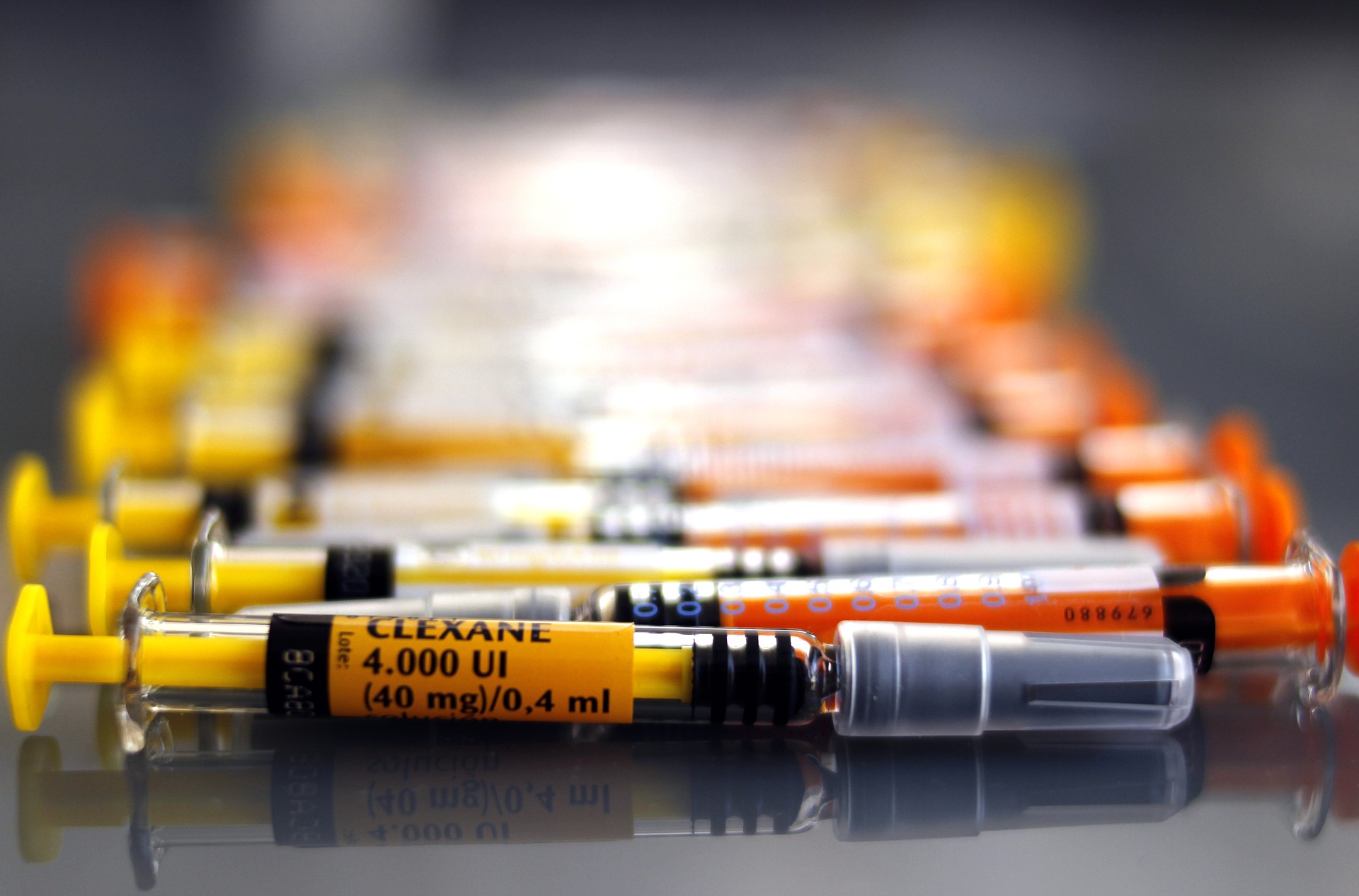Heparin is frequently employed to mitigate the risk of clot formation in the leg veins following surgery, to treat venous thromboses and to prevent thrombotic occlusions of arteries in patients at risk for heart attacks. However, the agent can also lead to a reduction in the numbers of thrombocytes (otherwise known as platelets) in the bloodstream – an effect known as heparin-induced thrombocytopenia (HIT). Up to 3% of patients who are treated with heparin develop an immunologically triggered subtype of HIT (called type II HIT), which is surprisingly associated with an increase in the incidence of thromboses (clots) in the blood vessels that are potentially life-threatening.

The incorporation of platelets into the blood clots explains the occurrence of thrombocytopenia. A new study directed by Wolfgang Siess, Professor of Cardiovascular Pathobiochemistry at LMU‘s Institute for Prophylaxis and Epidemiology of Cardiovascular Diseases (IPEK), has now demonstrated that this hazardous side-effect can be effectively prevented in vitro by the inhibition of a specific enzyme. The discovery provides a new option for the treatment of type II HIT. The study was carried out in collaboration with research groups led by Professor Michael Spannagl (Department of Transfusion Medicine, Cell Therapeutics and Hemostaseology, LMU Medical Center), Professor Christian Weber and Dr. Philipp von Hundelshausen (both IPEK). The new findings appear in the journal Blood Advances.
Source:

